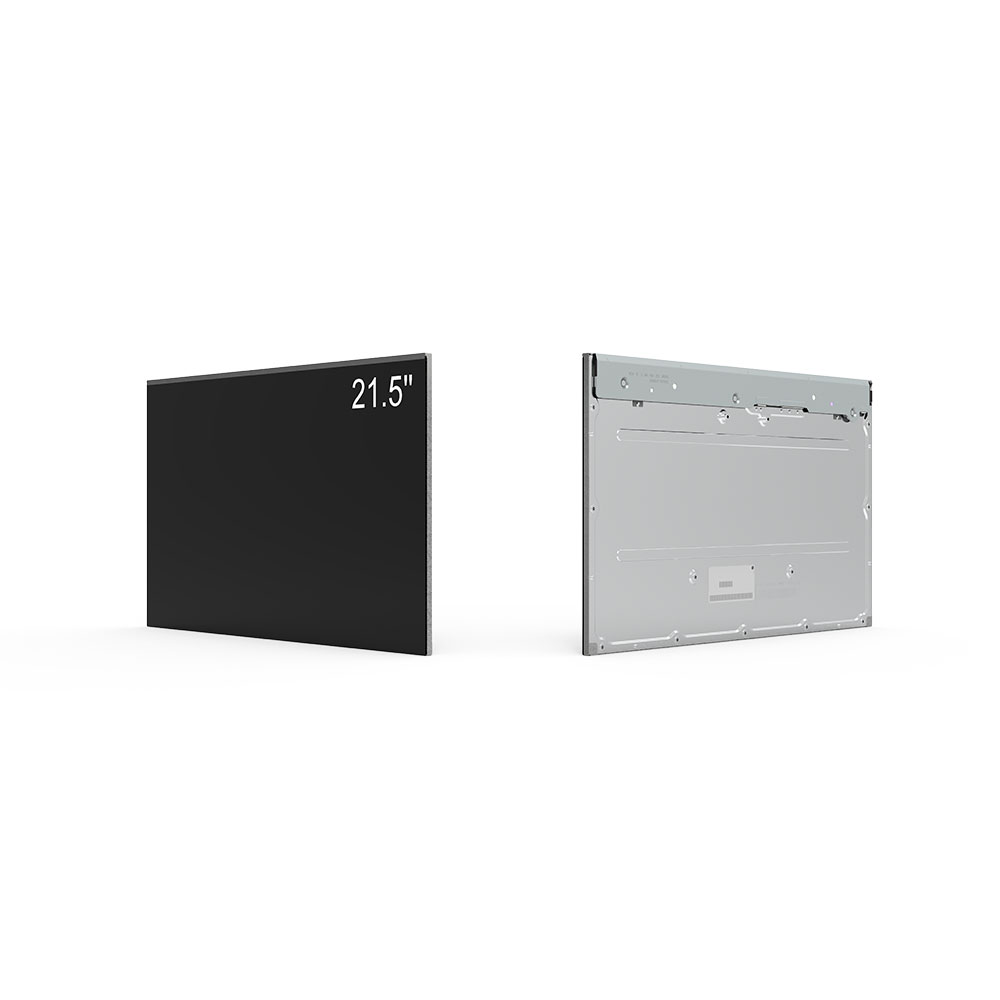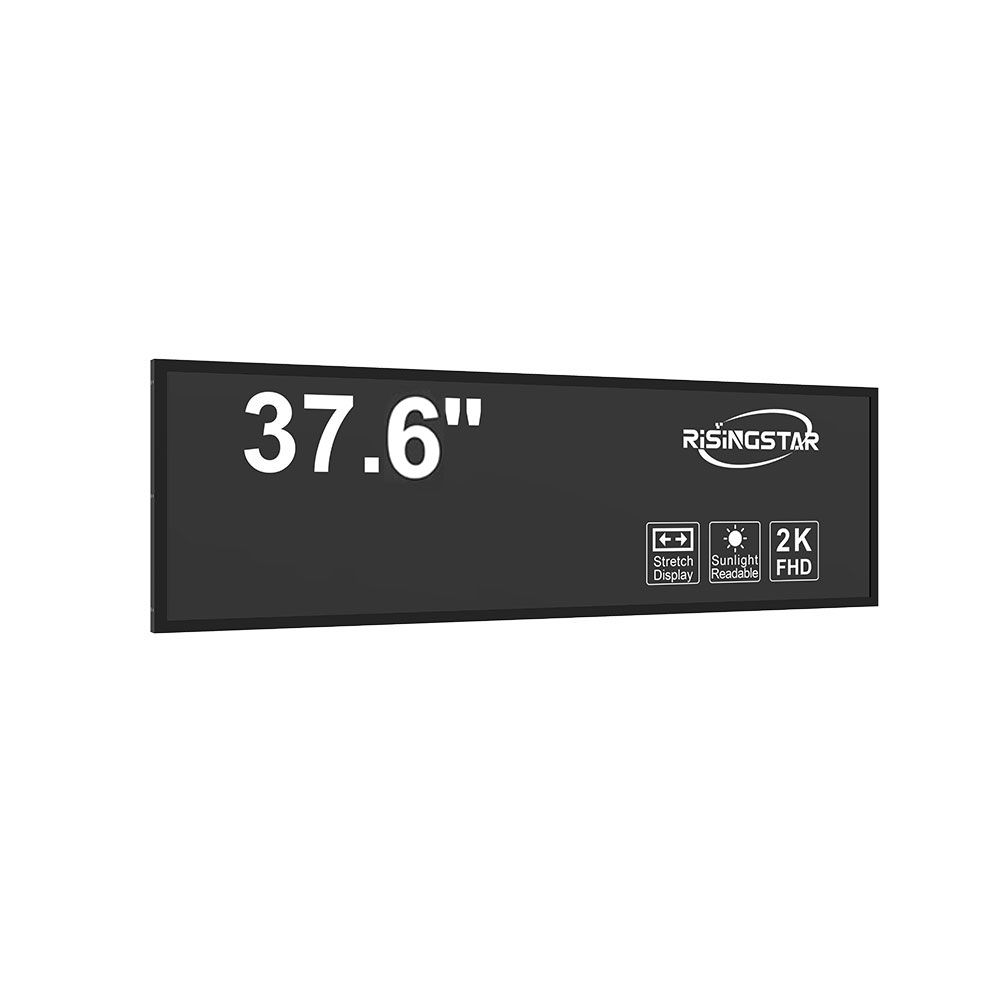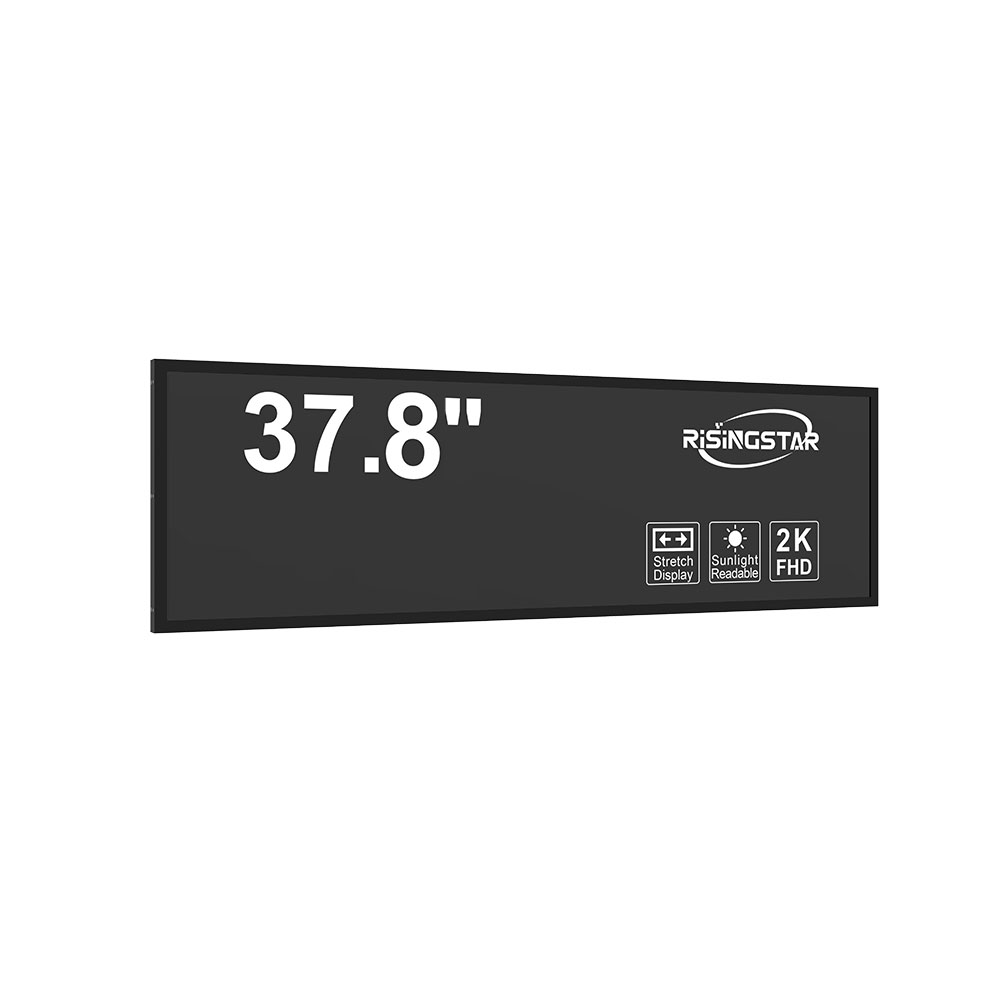- Home
- About Us
- Products
- News
- Video
- Contact
- Send Inquiry
Search
- Home
- About Us
- Products
- News
- Video
- Contact
- Send Inquiry

When selecting an outdoor LCD screen for high-brightness applications—such as digital signage in retail environments, transportation hubs, or public information displays—it is essential to consider a range of technical specifications, environmental factors, and real-world performance metrics. According to industry data from Statista (2023), the global digital signage market is projected to exceed $35 billion by 2027, with over 60% of deployments occurring in outdoor settings. This growth underscores the increasing demand for robust, reliable, and energy-efficient display solutions that perform consistently under diverse lighting conditions.
The first critical factor is brightness. Outdoor LCD screens must typically deliver at least 5,000 nits of peak brightness to remain visible under direct sunlight—a standard defined by SMPTE (Society of Motion Picture and Television Engineers) guidelines. Some manufacturers now offer models exceeding 10,000 nits, such as those used in airport terminals or highway billboards. For instance, LG’s UltraFine Outdoor Display Series achieves 7,000 nits, making it ideal for urban installations where ambient light varies significantly throughout the day.
Next, durability and environmental resistance are paramount. IP65 or higher ratings for dust and water protection are essential, especially in regions with heavy rainfall or coastal exposure. MIL-STD-810G certification for shock and vibration resistance further ensures longevity in transit stations or construction sites. Case studies from Samsung’s deployment in Tokyo’s Shinjuku Station revealed that their weatherproof displays maintained 99.2% operational uptime over 18 months, even during typhoon seasons.

Display technology also plays a pivotal role. While LED-backlit LCDs remain popular due to cost-effectiveness and color accuracy, newer technologies like OLED and microLED are gaining traction for specialized applications requiring ultra-high contrast and wide viewing angles. However, OLEDs face challenges in extreme temperatures, which limits their use in arctic or desert climates. A 2022 study published in IEEE Transactions on Consumer Electronics found that LCDs with IPS panels offer the best balance between brightness, color consistency, and power efficiency for most outdoor scenarios.
Power consumption and thermal management must not be overlooked. Outdoor units often rely on passive cooling systems, but active fans may be necessary in hot climates. Energy Star-rated displays reduce long-term operational costs—especially important for large-scale deployments. For example, a 2021 report by the U.S. Department of Energy highlighted that switching to Energy Star-certified outdoor displays cut electricity usage by up to 40% in city-wide digital signage networks.
Finally, remote monitoring and maintenance capabilities enhance ROI. Modern outdoor LCDs integrate IoT-based diagnostics via cloud platforms, allowing operators to detect failures before they impact visibility. Companies like Panasonic and NEC have adopted this approach, reducing service call frequency by over 50% in municipal installations.

In conclusion, choosing the right outdoor LCD screen requires evaluating brightness standards, environmental resilience, display technology, power efficiency, and smart connectivity. With the right selection based on these criteria, businesses and municipalities can ensure maximum visibility, durability, and return on investment—even in the harshest conditions.
